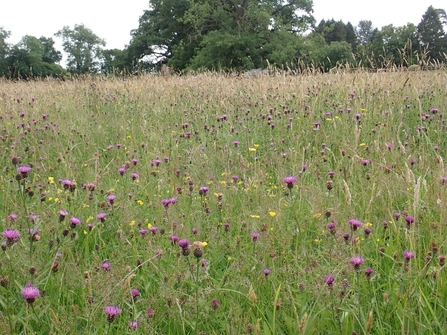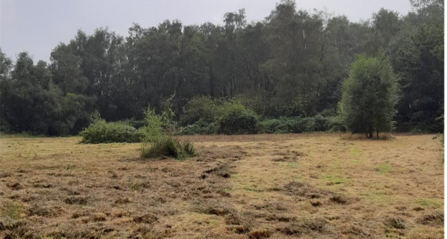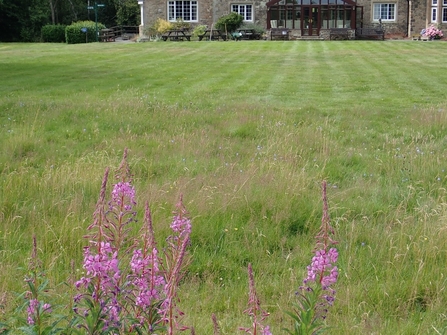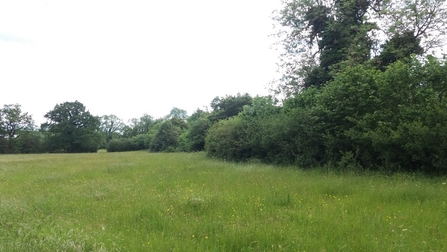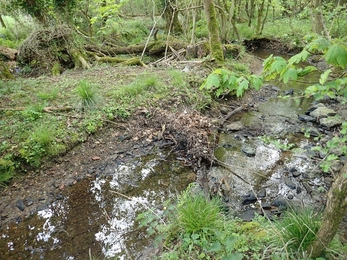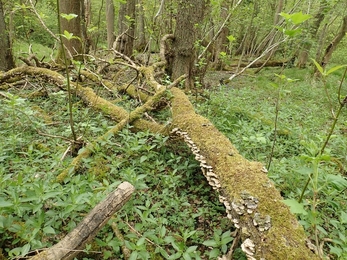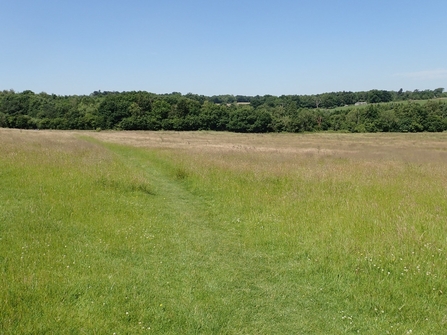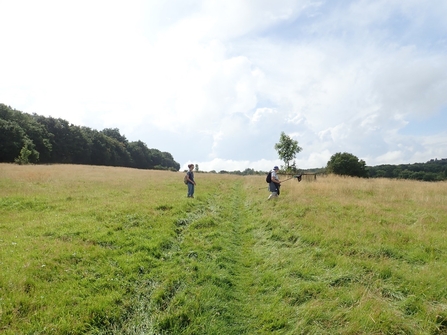As part of our work in the Charnwood Forest Living Landscape, we survey land and map out different habitat types so that we know where the best sites are, and if there is potential to link them up. From surveys conducted in the past, we already know quite a lot about some of the best habitats. Many of these are identified as Local Wildlife Sites, a designation of the best habitats in the county that are not protected by law.
These can be habitats like old species-rich grassland, ancient woodland, a natural stream, old species-rich hedgerows or mature trees. However, the surveys of these sites often date back as far as twenty years ago and so much can have happened to them since then. Therefore, re-surveying these sites is a priority. Luckily, in most cases, they are still there and in good condition, so we can advise the landowner to continue with the good management.


